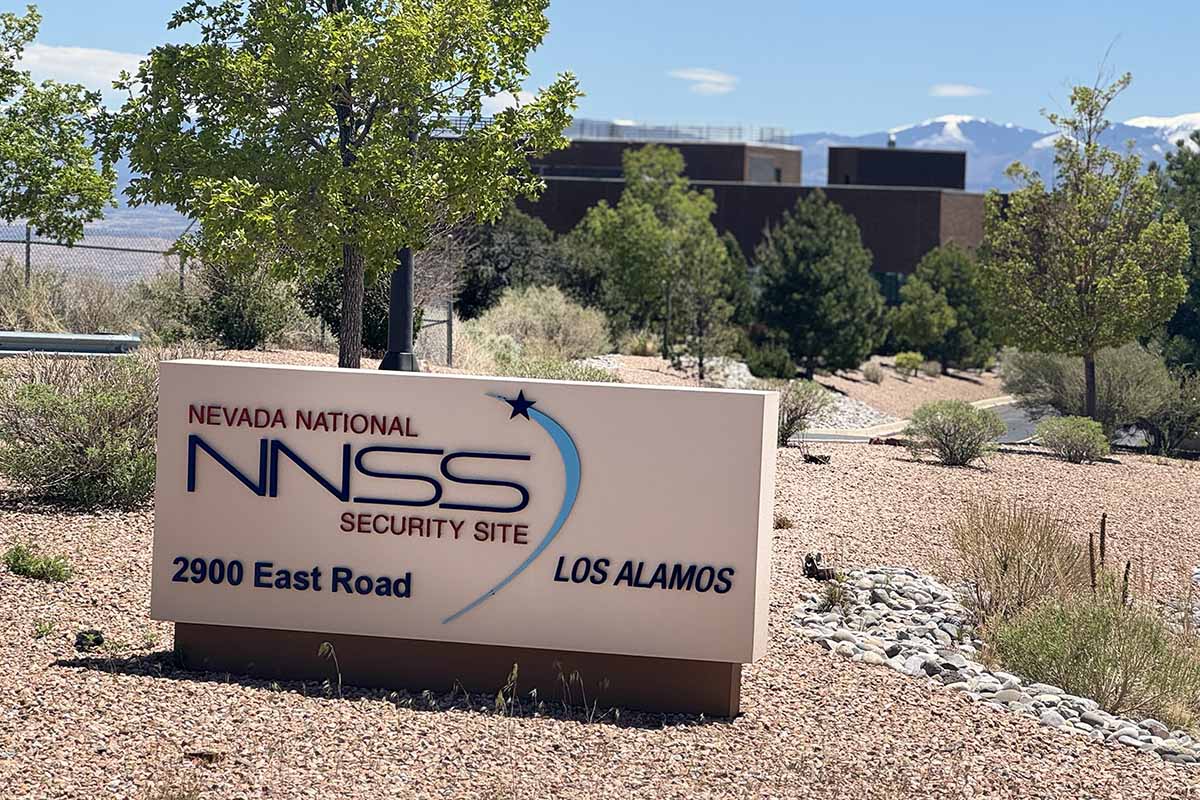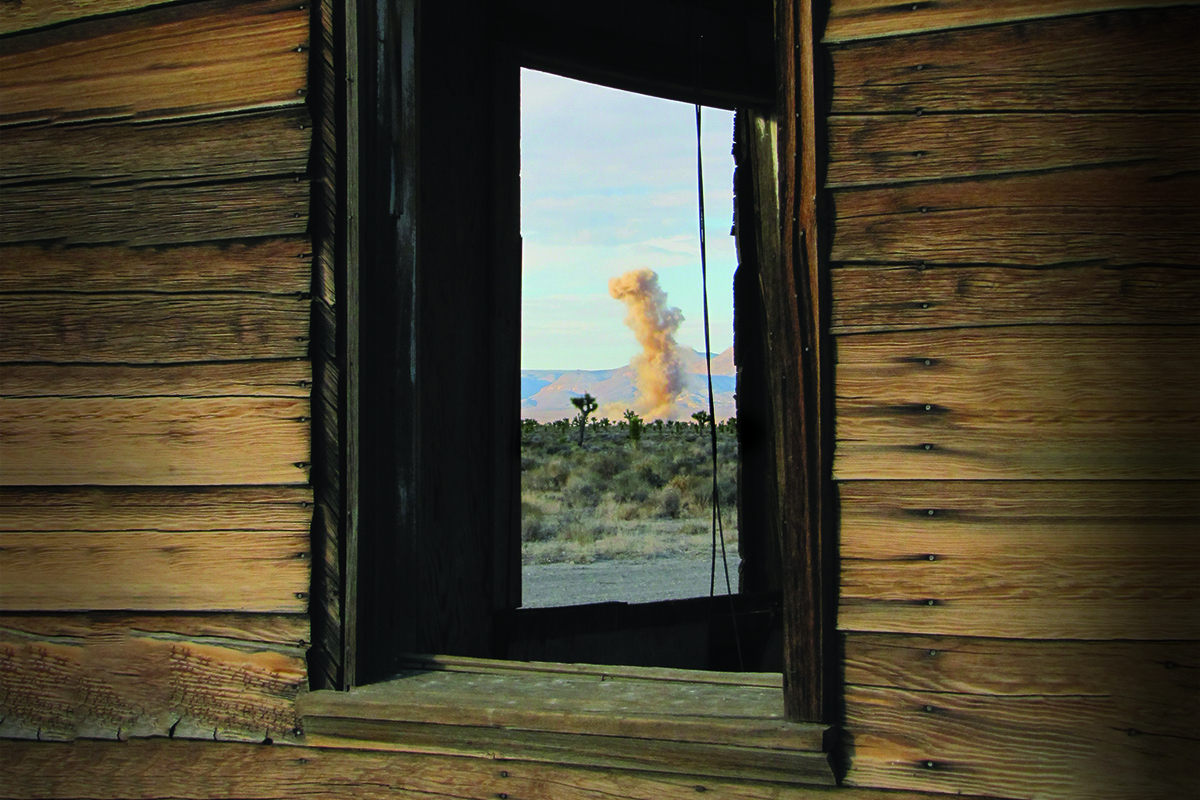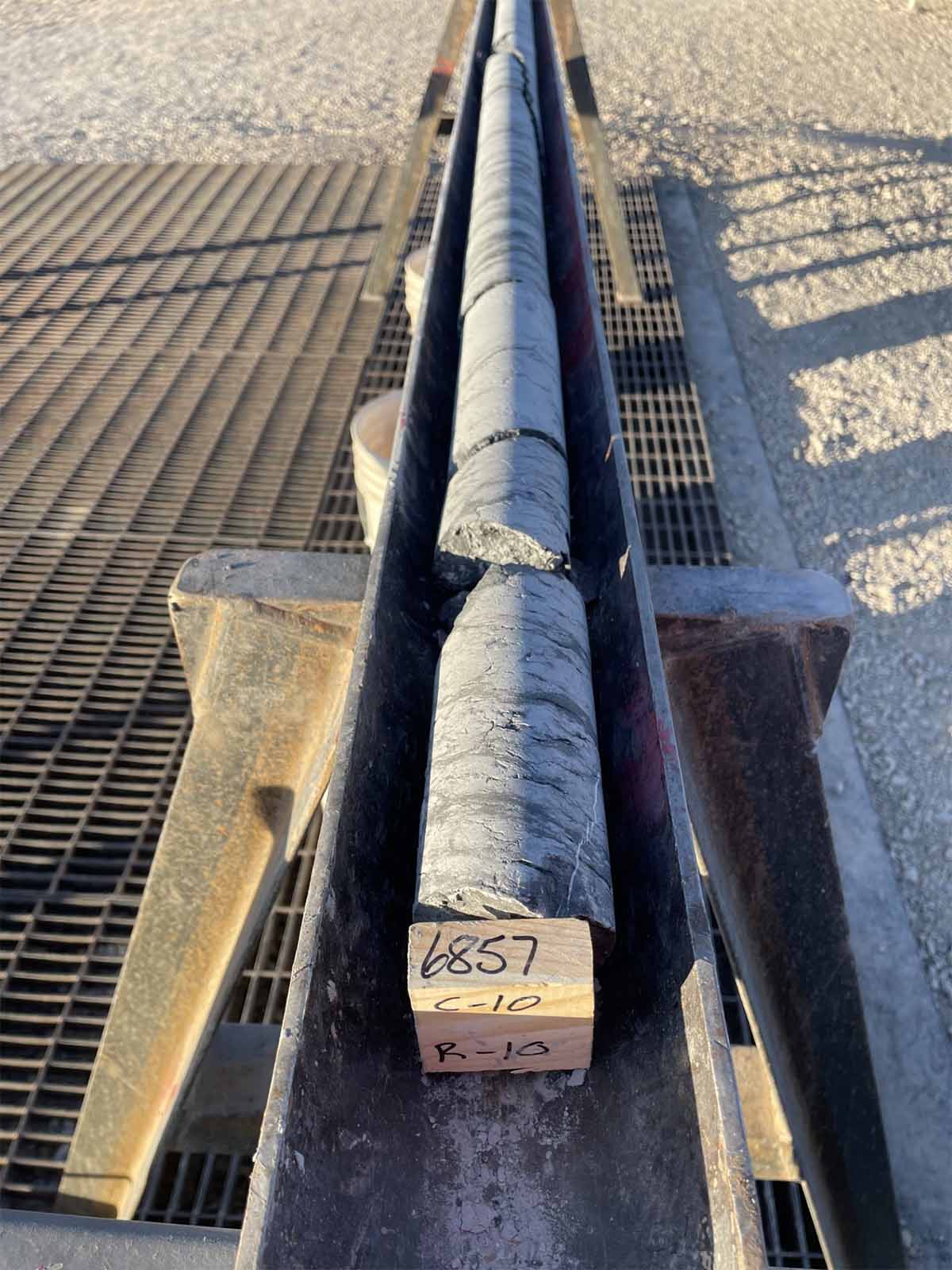A hidden hub of innovation
Los Alamos Operations develops technology for the nuclear security enterprise.
- Whitney Spivey, Editor

Every day, thousands of Los Alamos National Laboratory employees drive past a brown brick building perched atop a mesa on the eastern edge of Los Alamos County. From the outside, the structure appears modest. But beyond its facade is an expansive center of scientific innovation.
“We have an entire basement that is laboratory space,” says Daniel Clayton, manager of Los Alamos Operations (LAO) for the Nevada National Security Sites (NNSS). “We even have a small accelerator down there.”
Clayton oversees approximately 70 NNSS employees—primarily scientists, engineers, and technologists—based in Los Alamos. “LAO is an applied science and engineering organization engaged in research, analysis, testing, and field operations for Los Alamos National Laboratory, NNSS, and other national labs,” he explains. “We do everything from designing and fabricating ultrafast electro-optic imaging systems to building and fielding fiberoptic temperature and velocity diagnostics on hydrodynamic experiments.”
Steve Sterbenz, a retired Los Alamos scientist who managed LAO prior to Clayton, recalls the organization’s roots. “LAO was established decades ago to support full-scale nuclear tests, which were designed at Los Alamos and executed in Nevada until the 1992 moratorium,” he says. “We are embedded in Los Alamos County to support experiments in Nevada and across the nuclear security enterprise. That was true during the nuclear testing era, and it’s still true today.”
Sterbenz explains that “the engineers, scientists, and technicians at LAO develop and deploy a wide range of diagnostics used across the enterprise—especially at the NNSS.” For example, a new imaging system for the Cygnus test bed in the NNSS Principal Underground Laboratory for Subcritical Experimentation (PULSE) is being developed at LAO, as was the current system that has been in use at Cygnus for many years. LAO engineers are also devising an imaging system for the in-development Scorpius accelerator at PULSE.
According to Clayton, LAO has long been a source of unique capabilities. “There are certain technologies that LAO has developed over decades that the national labs rely on us to provide,” he says. One notable example is the high-speed electronic camera system known as Kraken, which was designed by LAO staff and is currently in use at the Proton Radiography facility at Los Alamos. Kraken cameras will also be deployed in other dynamic experimentation venues, such as PULSE.
“Many people don’t realize the behind-the-scenes work that takes place at LAO,” Clayton says. “We have the people and the know-how to deliver for the stockpile stewardship and stockpile modernization programs.” ★








